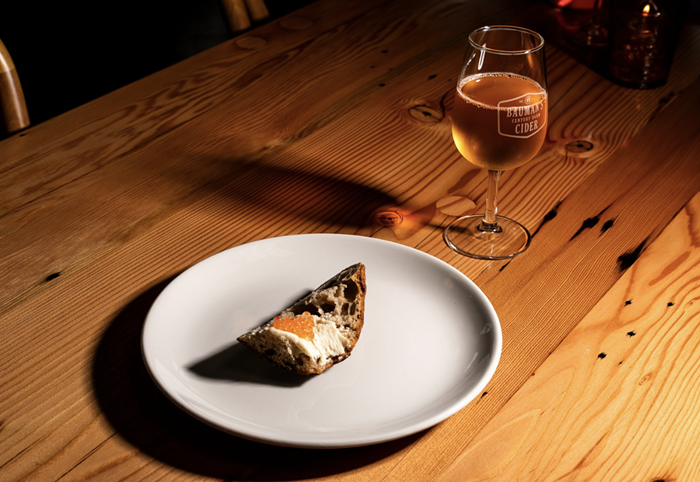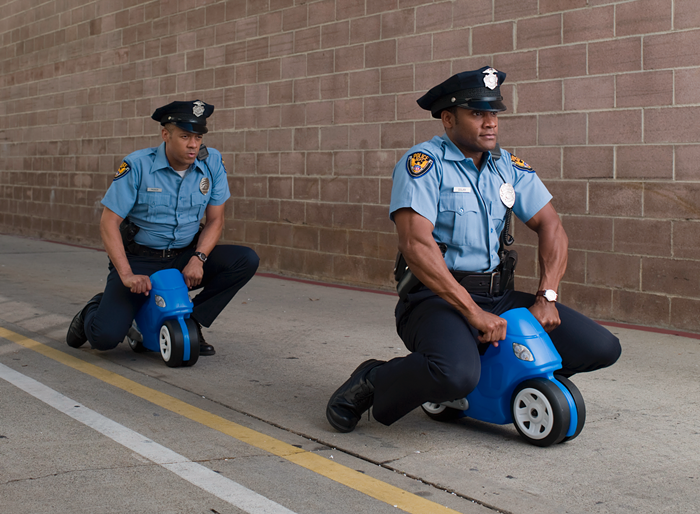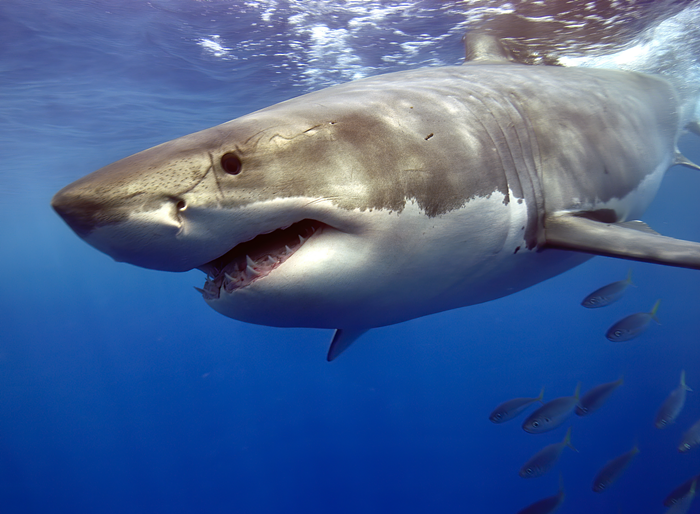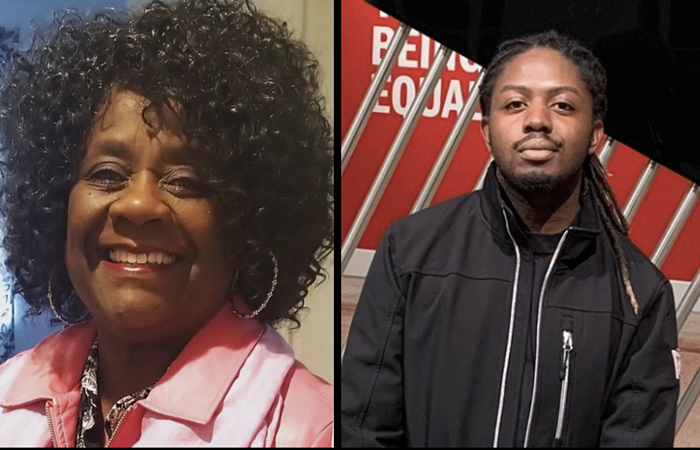I'LL ADMIT to being brash and impulsive when I gave up distilled spirits and committed to drink only Oregon beer for the month of July (Oregon Craft Beer Month). I've never really been a "beer guy." Generally, when out for some alcohol-based recreation, the only beer that hits my table is the one accompanying my whiskey—so my pledge was intended to repair my beer ignorance. I was throwing myself into the deep end of a beer-filled pool to either drink up the knowledge or drown trying.
At the end of July, I've held true to my word, imbibed well over 40 unique Oregon craft brews, and learned more than I could have dreamed. Here are some of the most memorable lessons:
Lager vs. Ale
There are lagers and there are ales. Most styles of beer fall into these two categories. In general, lagers are more stylistically similar, with a fuller, rounder flavor. They're called lagers because the bottom-fermenting yeast used to make them takes more time to feed and produce alcohol—requiring the beer to be put aside as it develops, or "lagers."
Ales, on the other hand, use top-fermenting yeast that is speedier and enjoys warmer temperatures. There are a huge variety of ale styles and, flavor-wise, they run the gamut. Craft brewers prefer them because they require less space and time to develop. All of this is not to say that ale can't be lagered, or that lager is banned from using top-fermenting yeast.
Bitter Truth
Before July, I'd been foolishly thinking I wasn't an India pale ale (IPA) fan. What bothered me was the overwhelming hops bitterness in some IPAs that, after a couple pints, made my tongue feel like I'd been licking a chalkboard. Turns out, I just didn't know what I was drinking.
The bitterness of beer is measured in International Bitterness Units or IBUs. A bitter beer will have a high IBU while less bitter beers will have a lower IBU. But the number is simply a guide; due to a wide variety of hops and the ability of skilled brewers to balance bitterness with malt, the experience on the palate is different from beer to beer.
The take-home lesson is to drink widely. My favorite IPA of the month is the Fort George Vortex IPA out of Astoria, Oregon. It has an IBU of 97 (very high), but I love it. Go find some.
No Frozen Pint Glasses
Frozen pint glasses are only good for cheap American lagers that you absolutely do NOT want to taste. If you'd like to taste your beer it's essential to let it warm slightly, allowing molecules and chemical reactions to become more active, thus giving up more aroma and flavor. I learned this early in the month after being perplexed as to why supposedly flavorful and dynamic beers tasted like little more than water until they'd been on the coffee table for a while. My pint glasses now live with the rest of the glassware.
Beer Is the New Wine
I dig a good pinot gris, and I'm a big fan of sangiovese, but the idea that beer cannot offer the kind of dynamic tasting experience that is found with wine is patently false. I found flavors in the brews I tasted that I would have never imagined. The interplay of beer's four basic ingredients (water, grain, hops, and yeast) lead to a kaleidoscope of styles and experiences perfectly paired with any occasion.
Geeky Is Good
Craft beer can be incredibly geeky, and there is much fun to be had tasting thoughtfully—pulling the flavors of beer apart and connecting them to hop and malt varieties, and production methods. That being said, you don't need to know the minutia of craft beer in order to enjoy a pint. But if you're looking to learn, beer geeks are happy to teach. My advice is to drink a wider variety of pints, take a brewery tour, and talk to as many beer lovers as possible. Put down your macrobrew and remember there's a world of amazing beer out there just waiting for you. Don't let the geeks have it all to themselves.



















